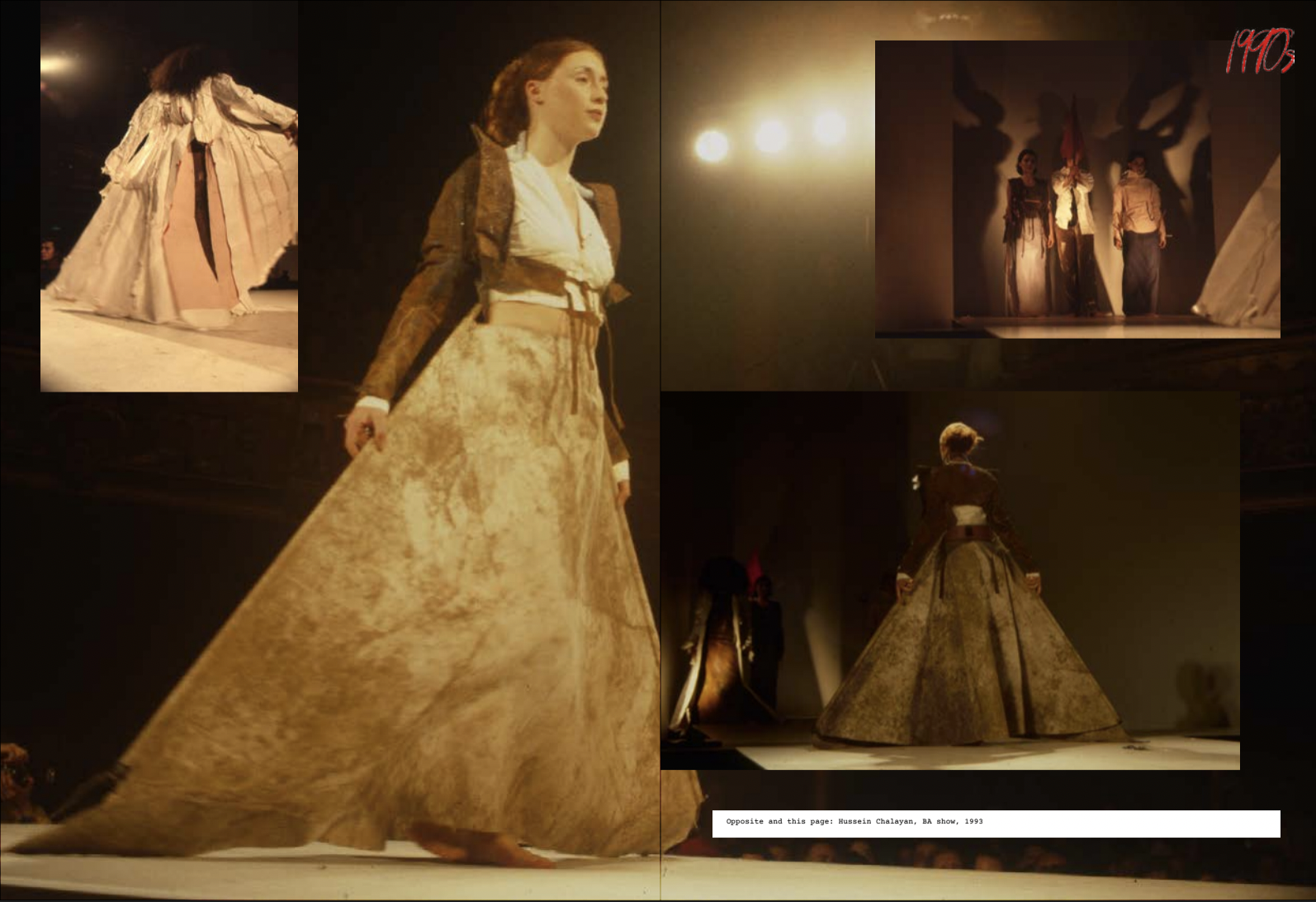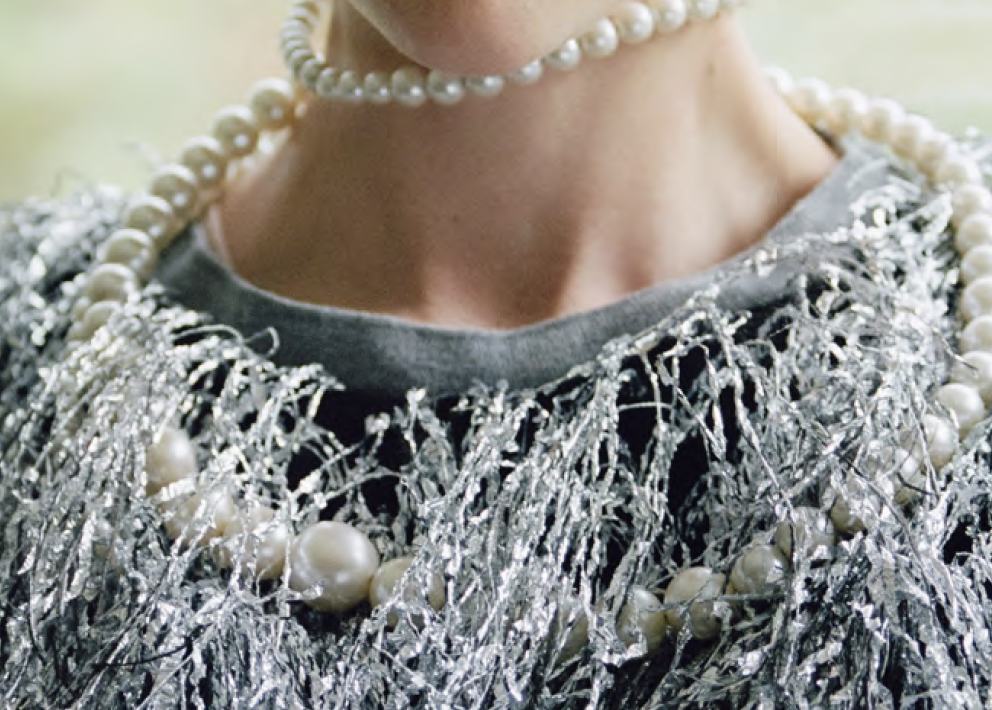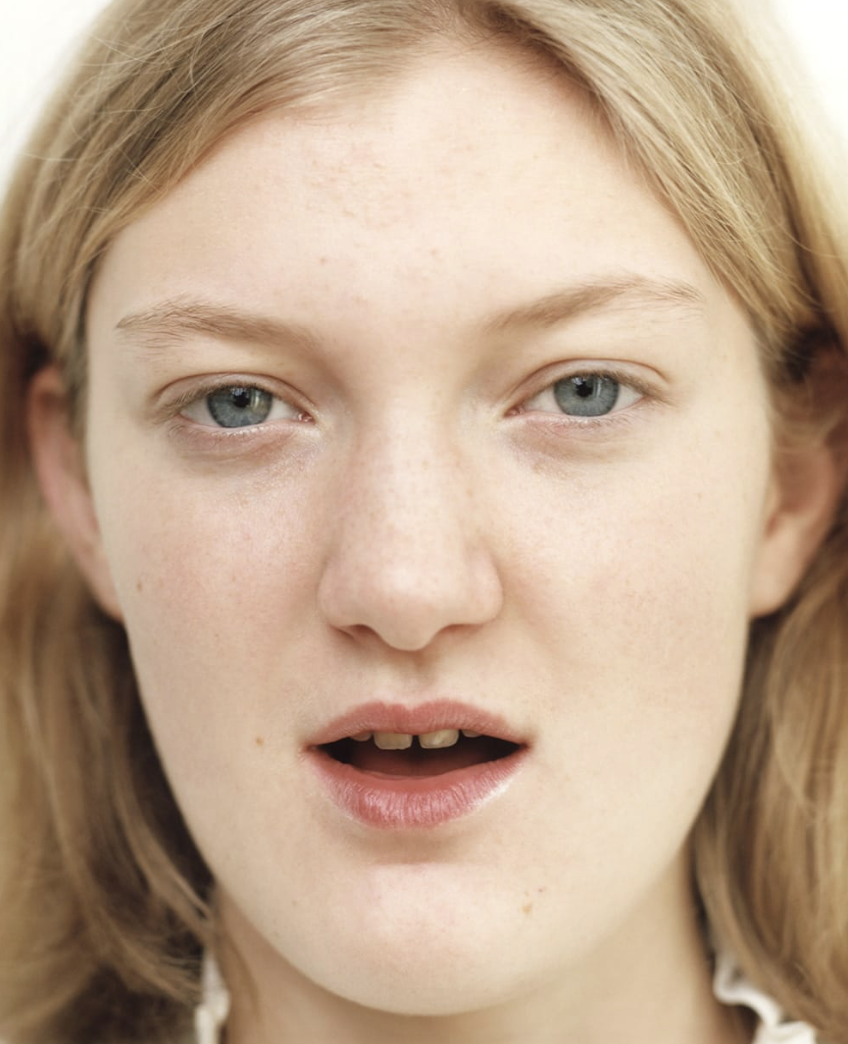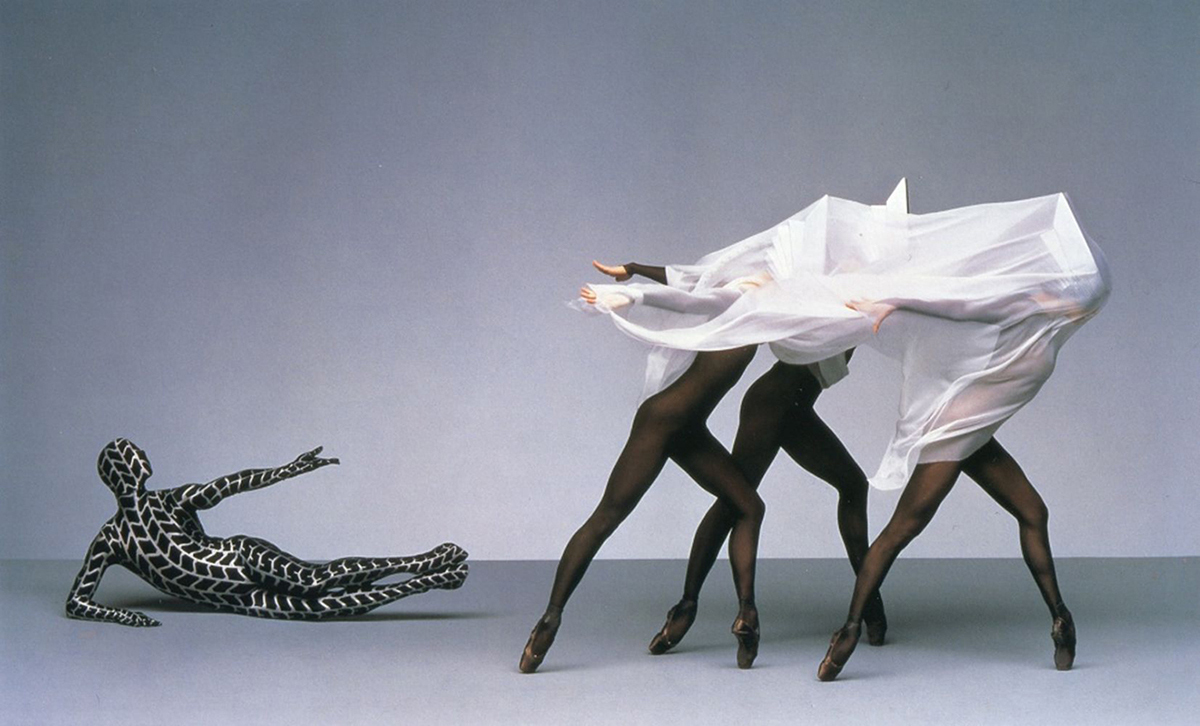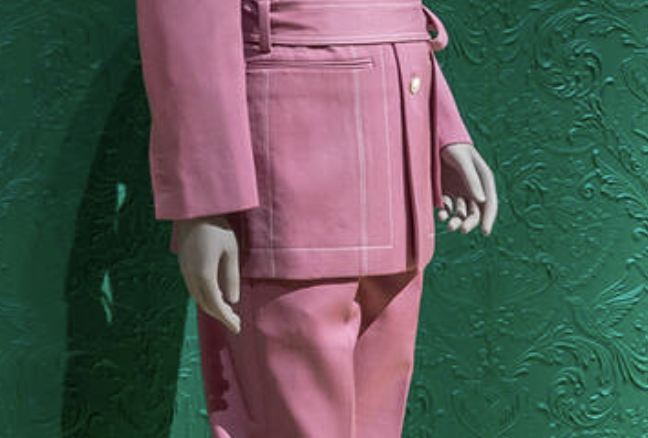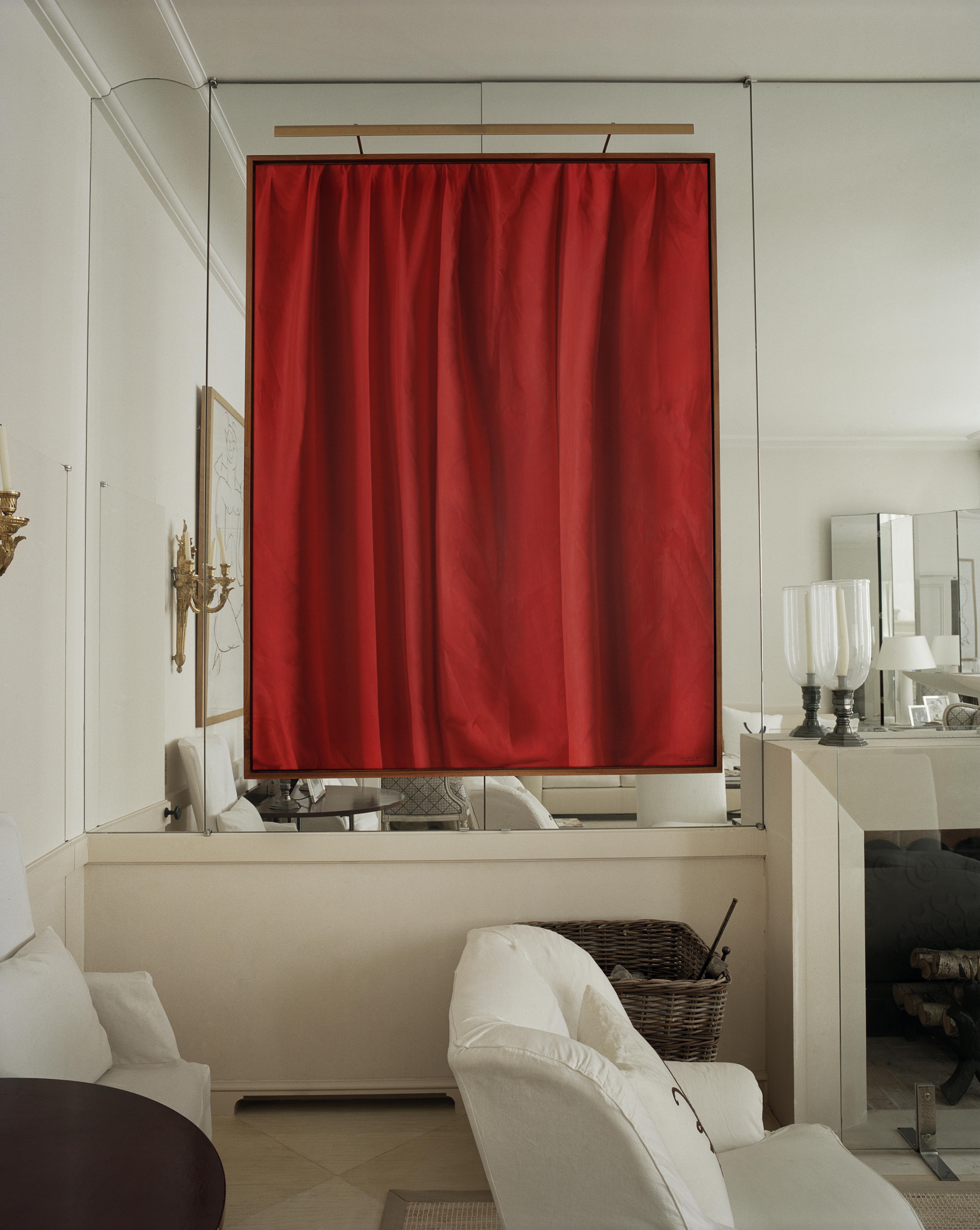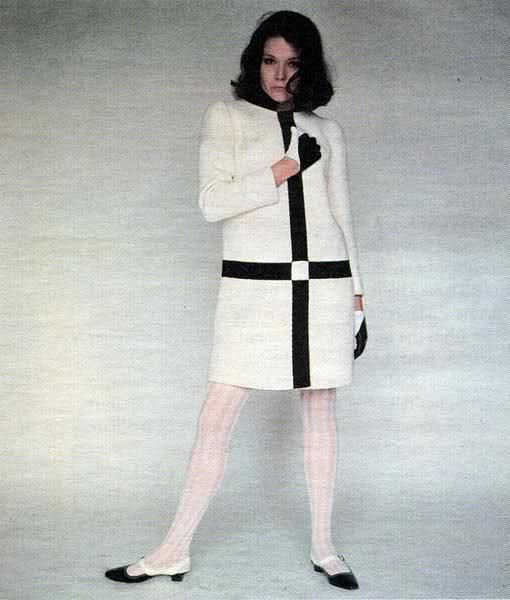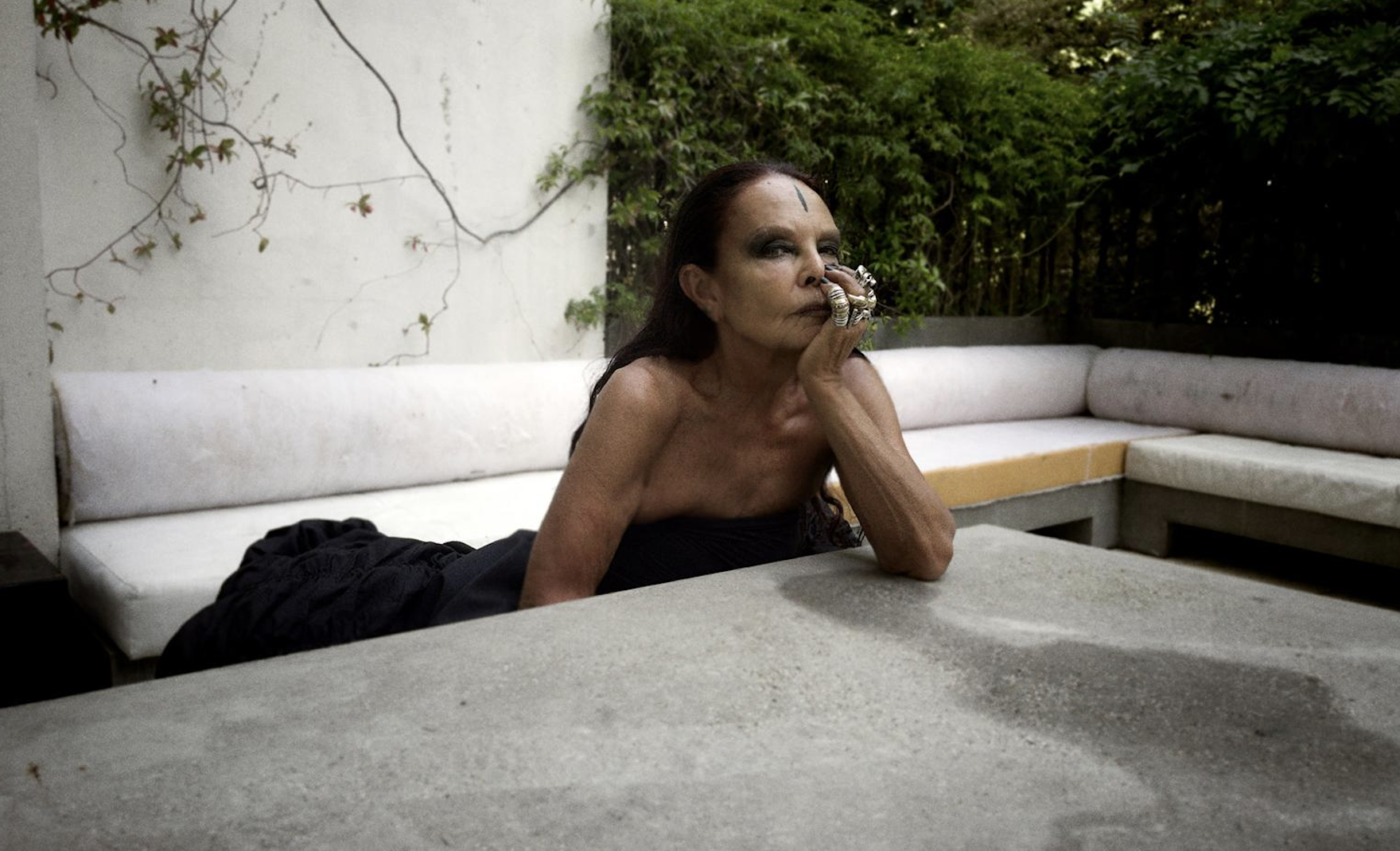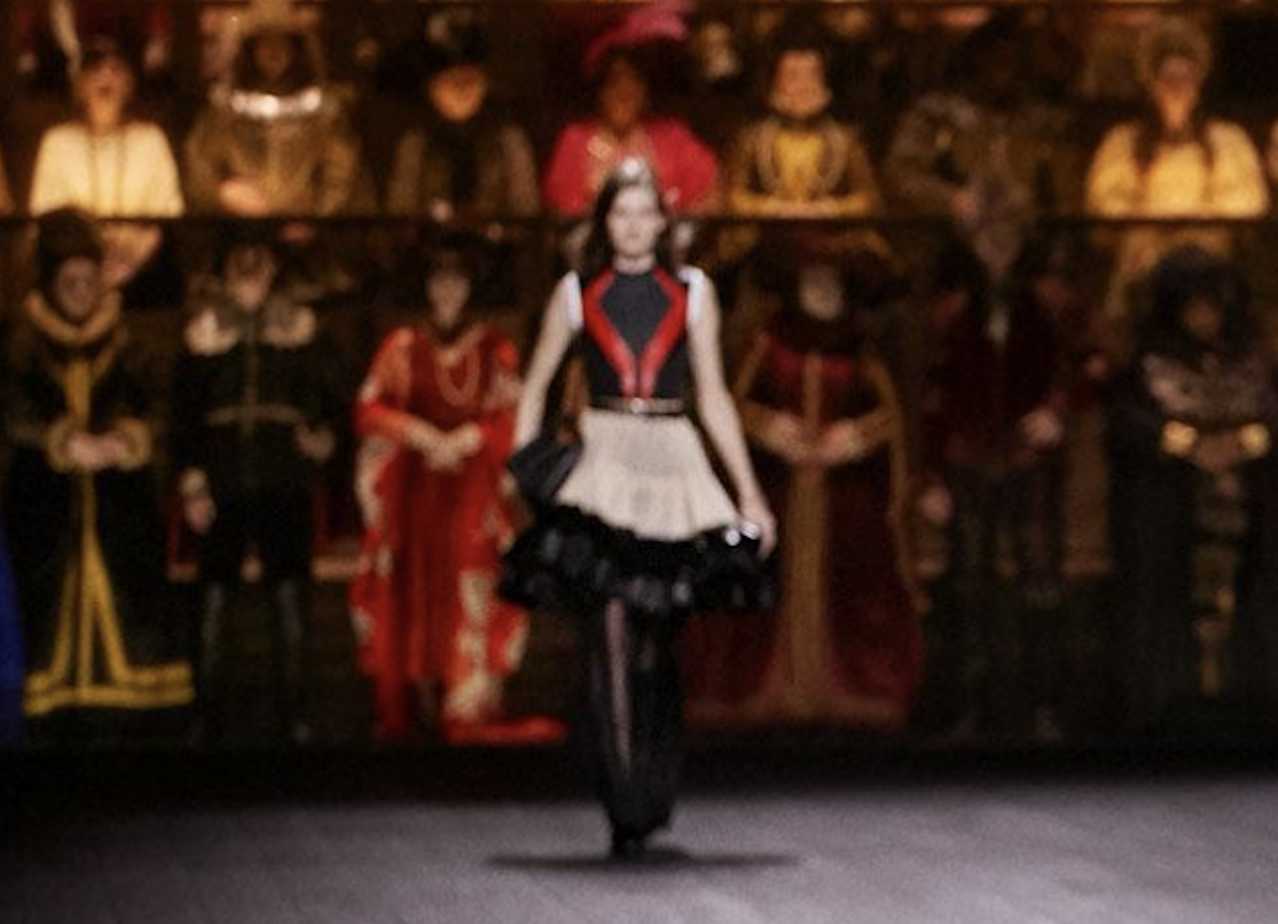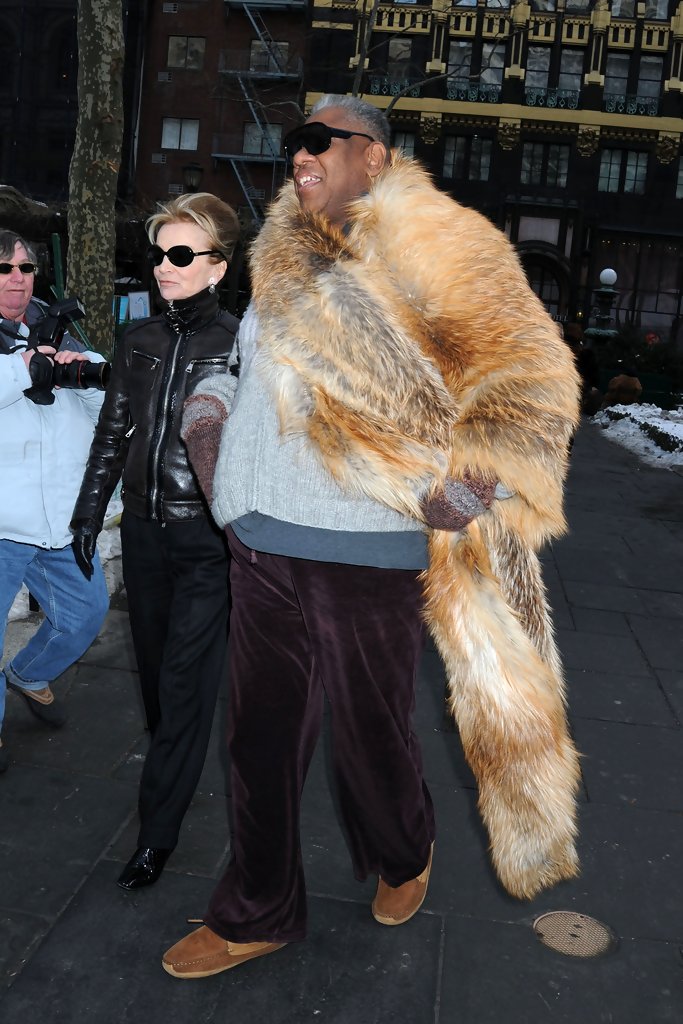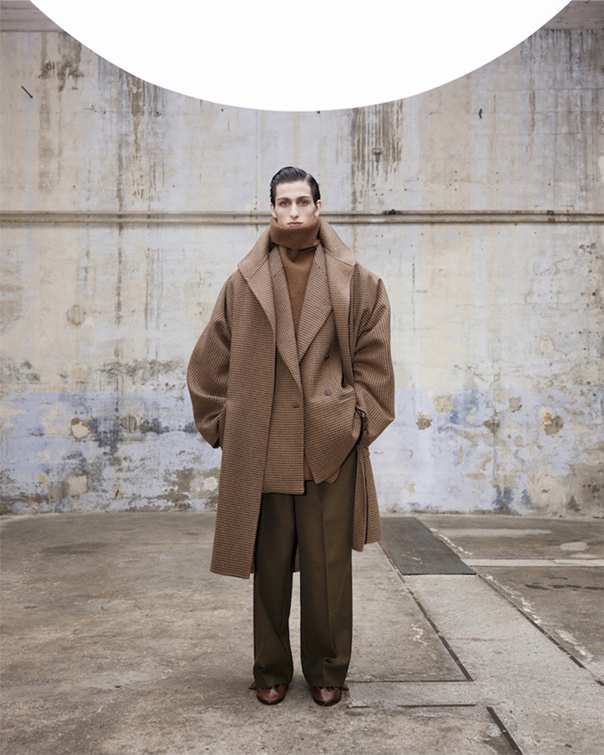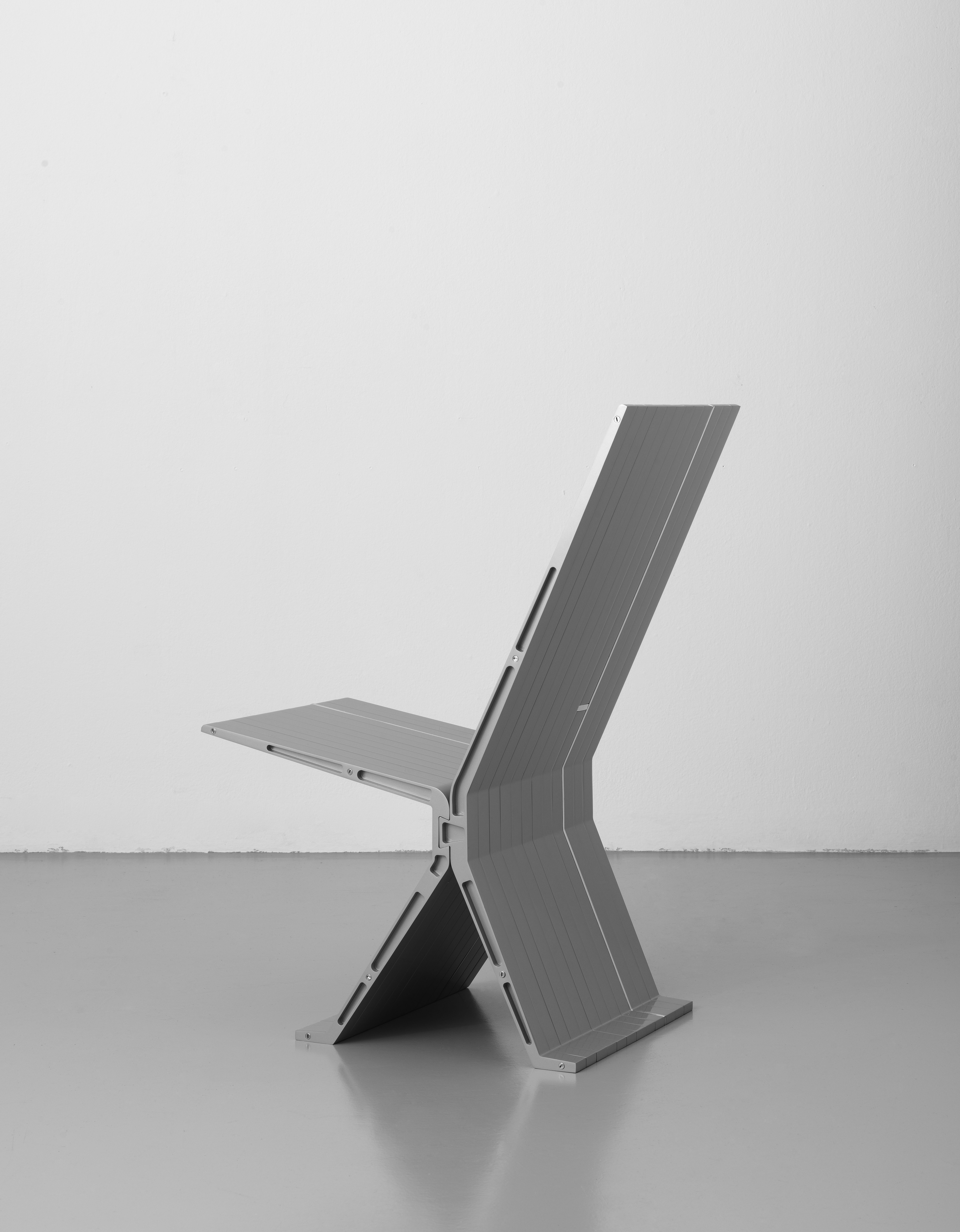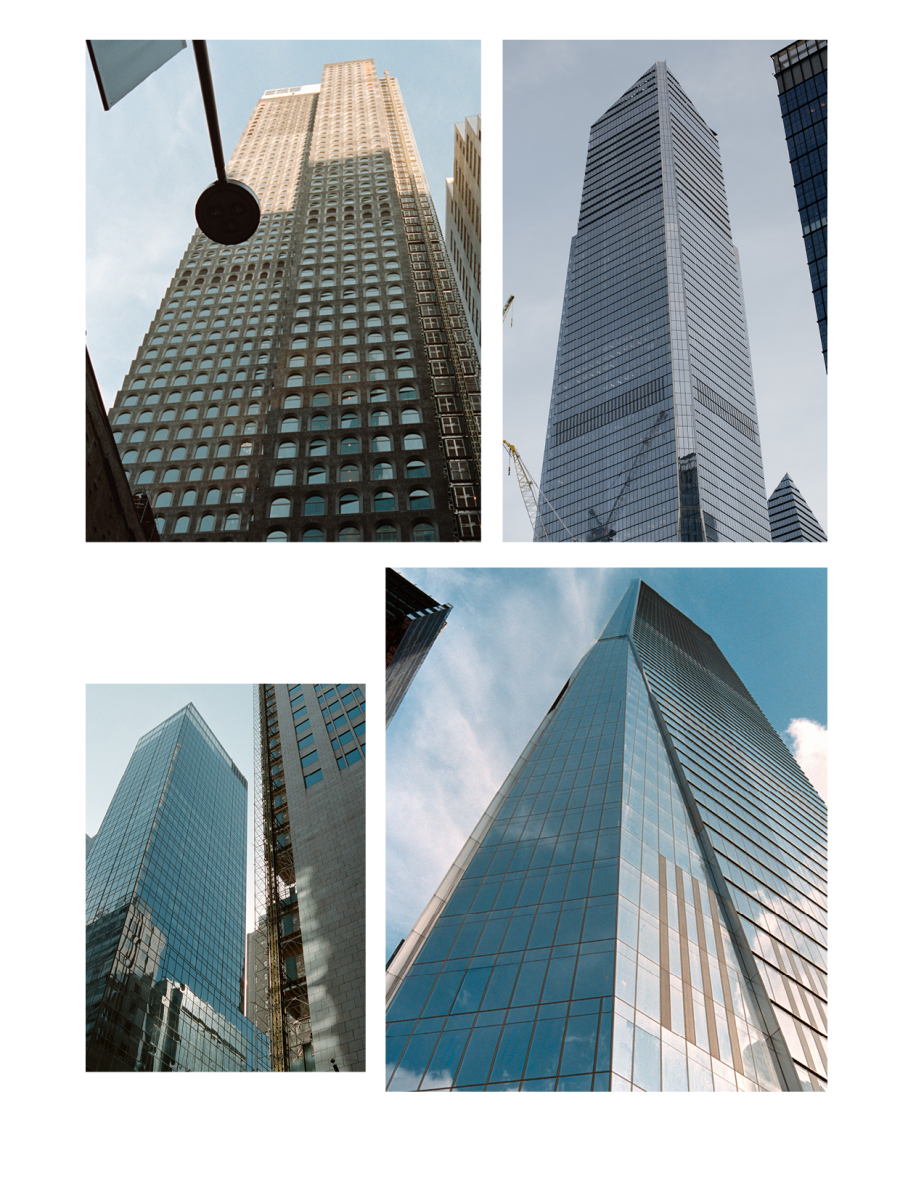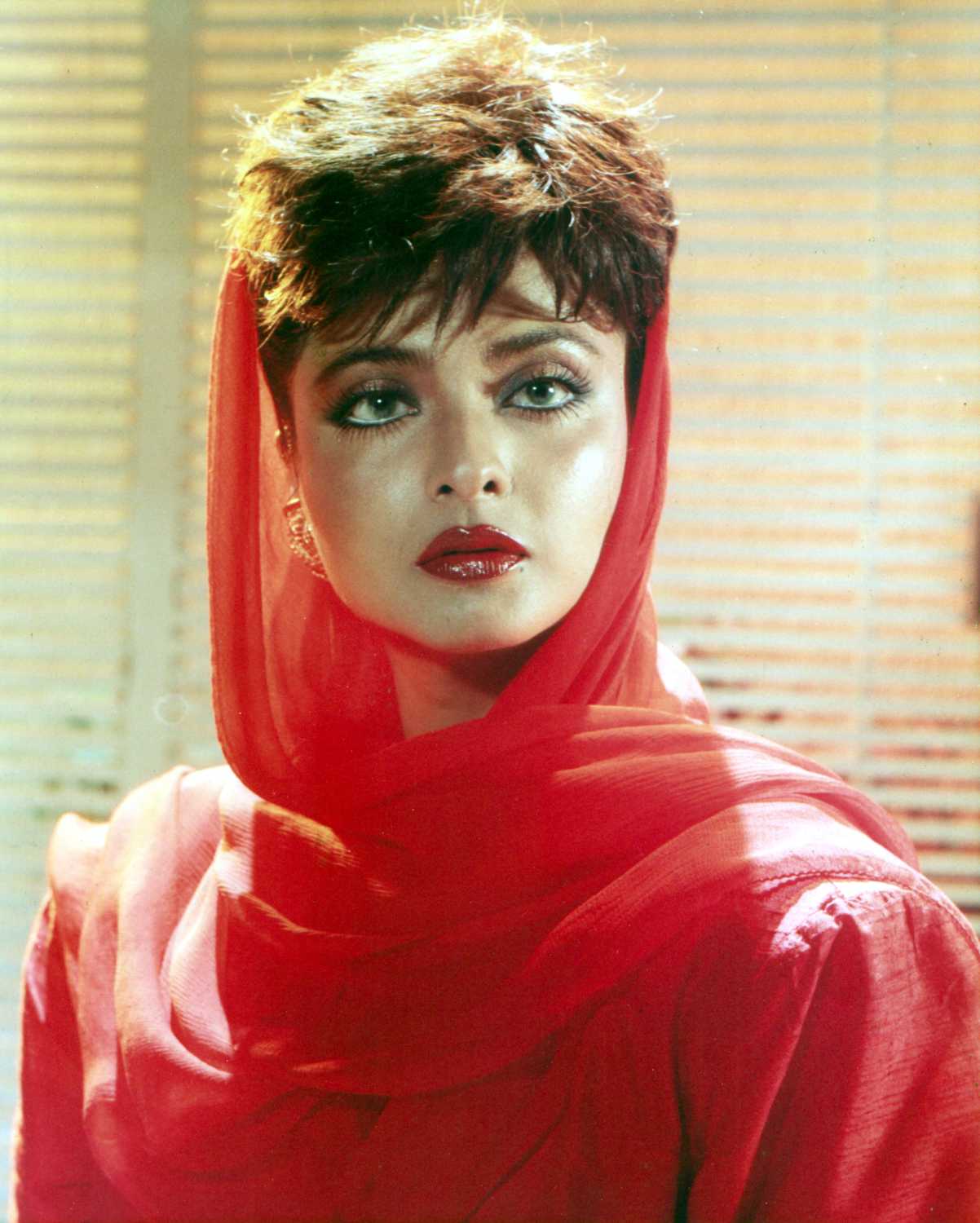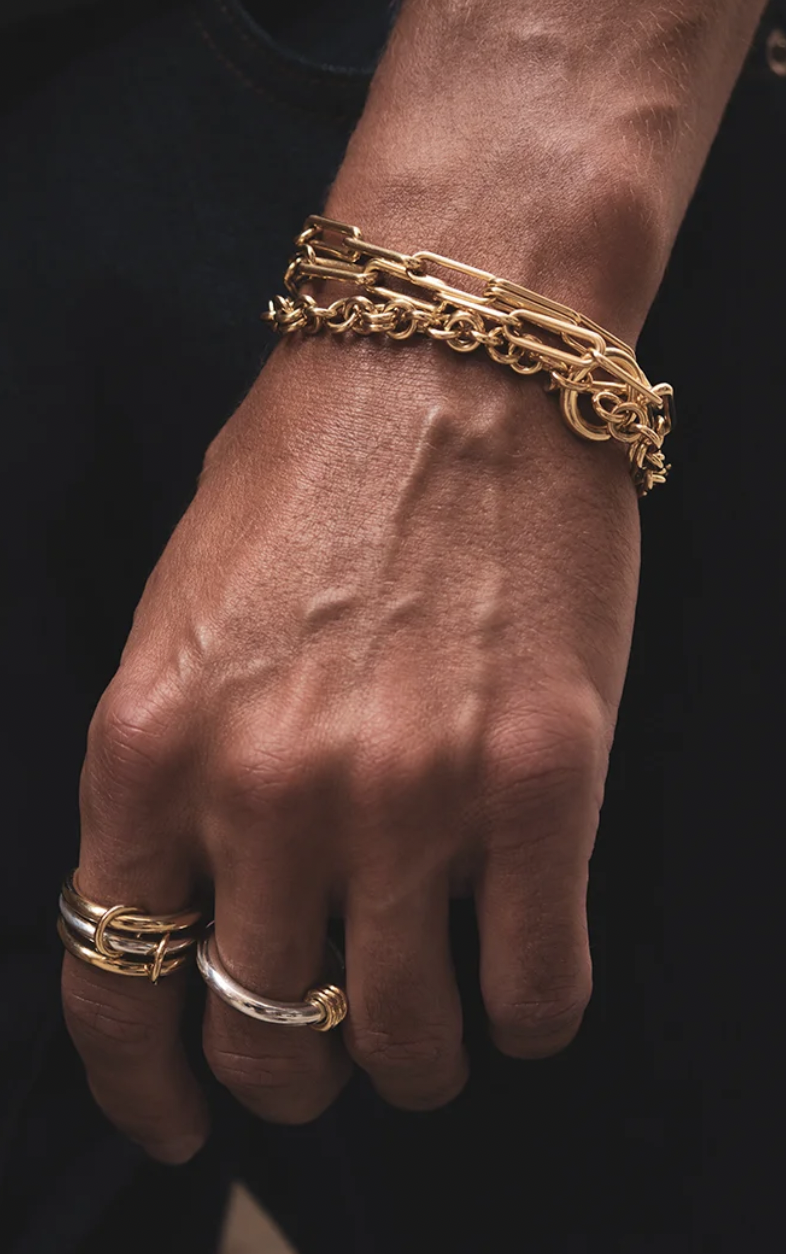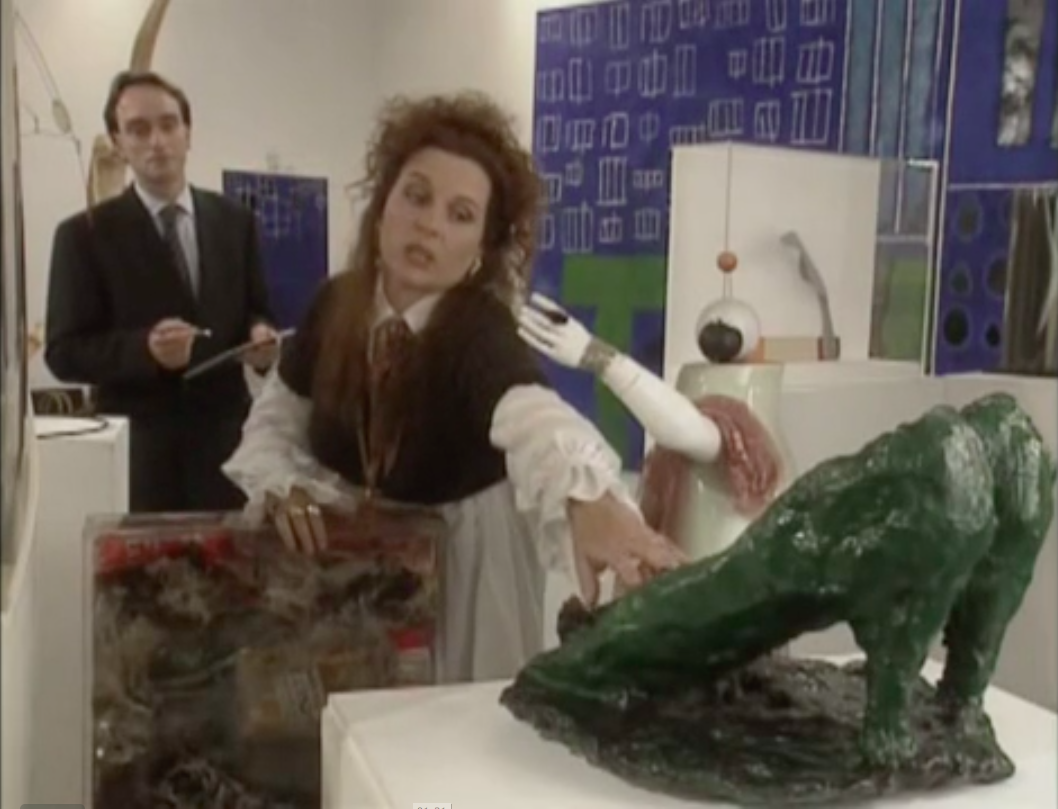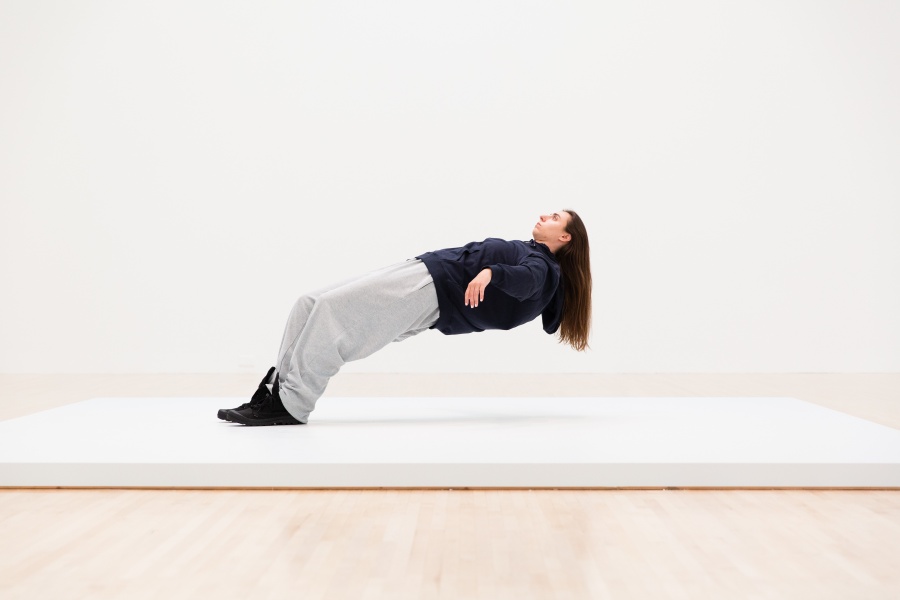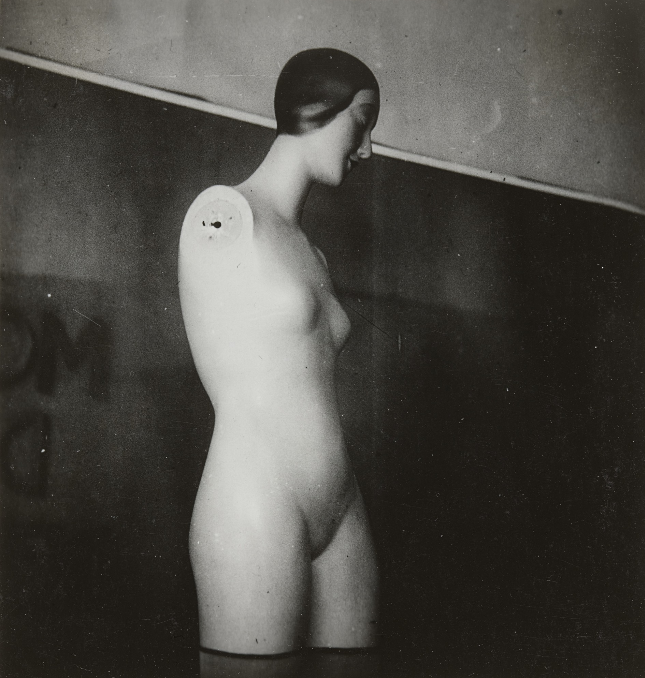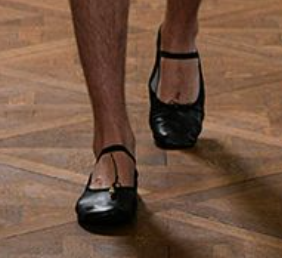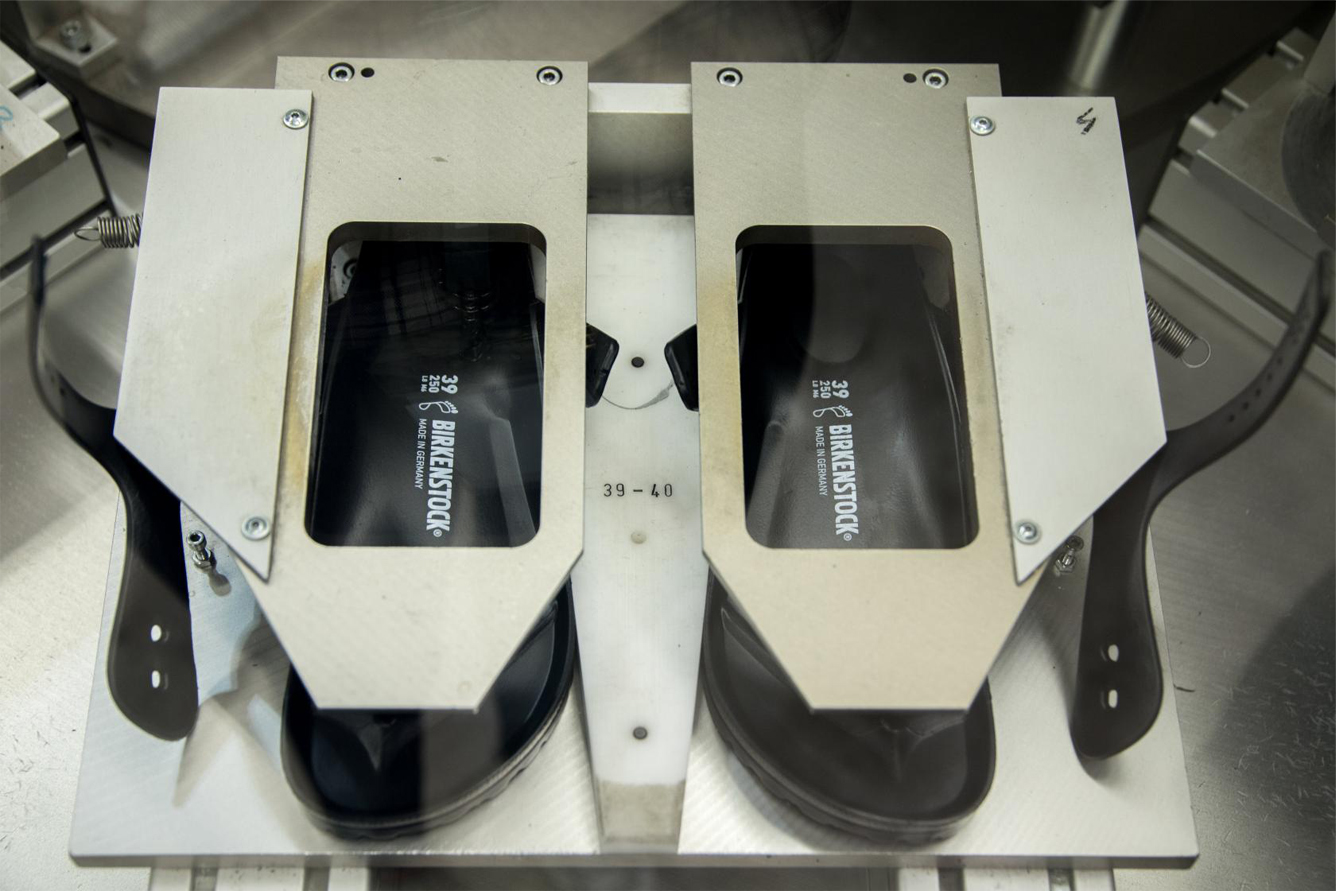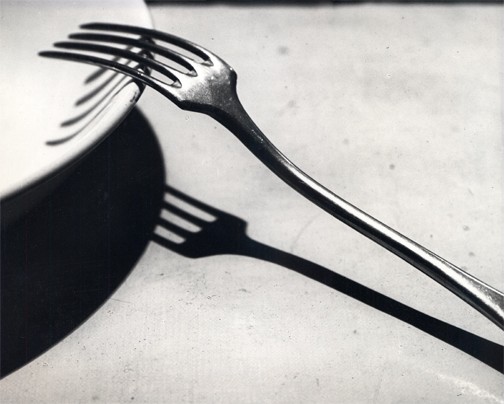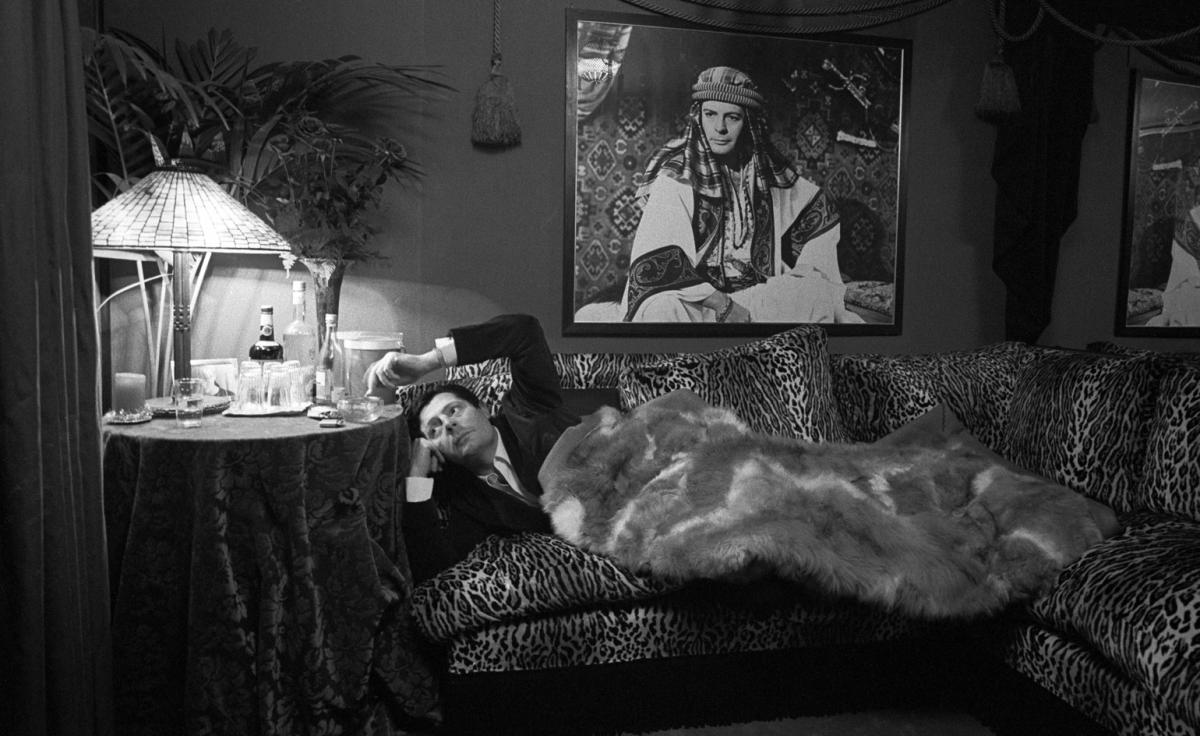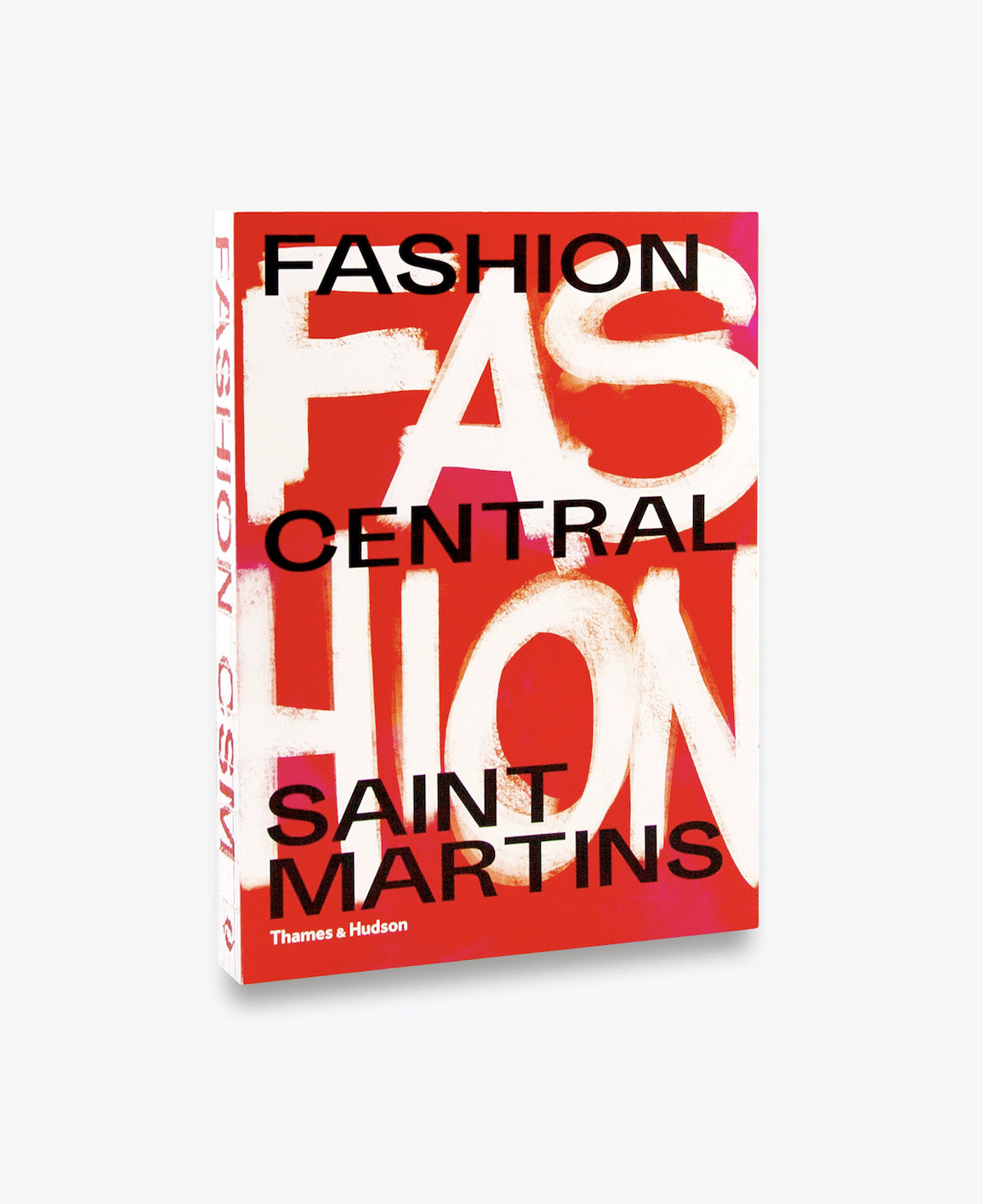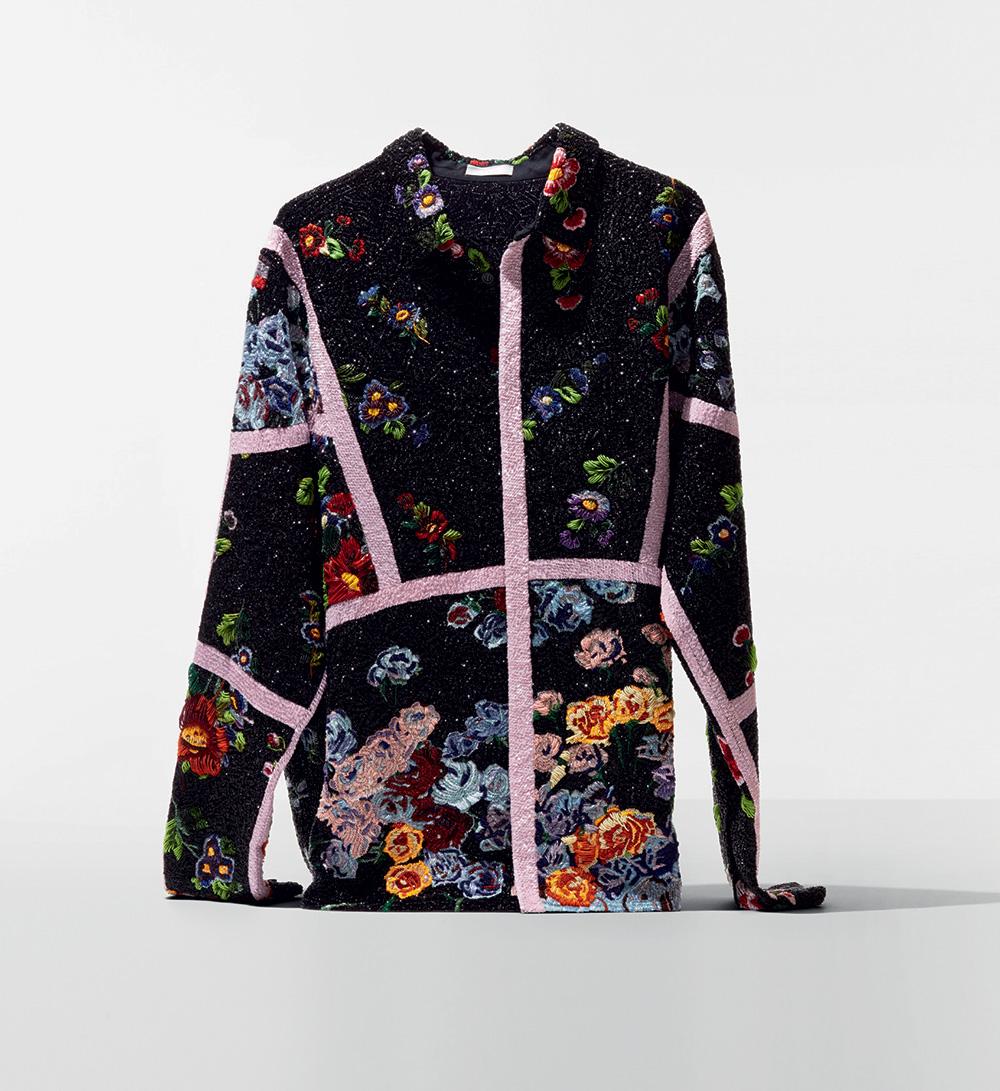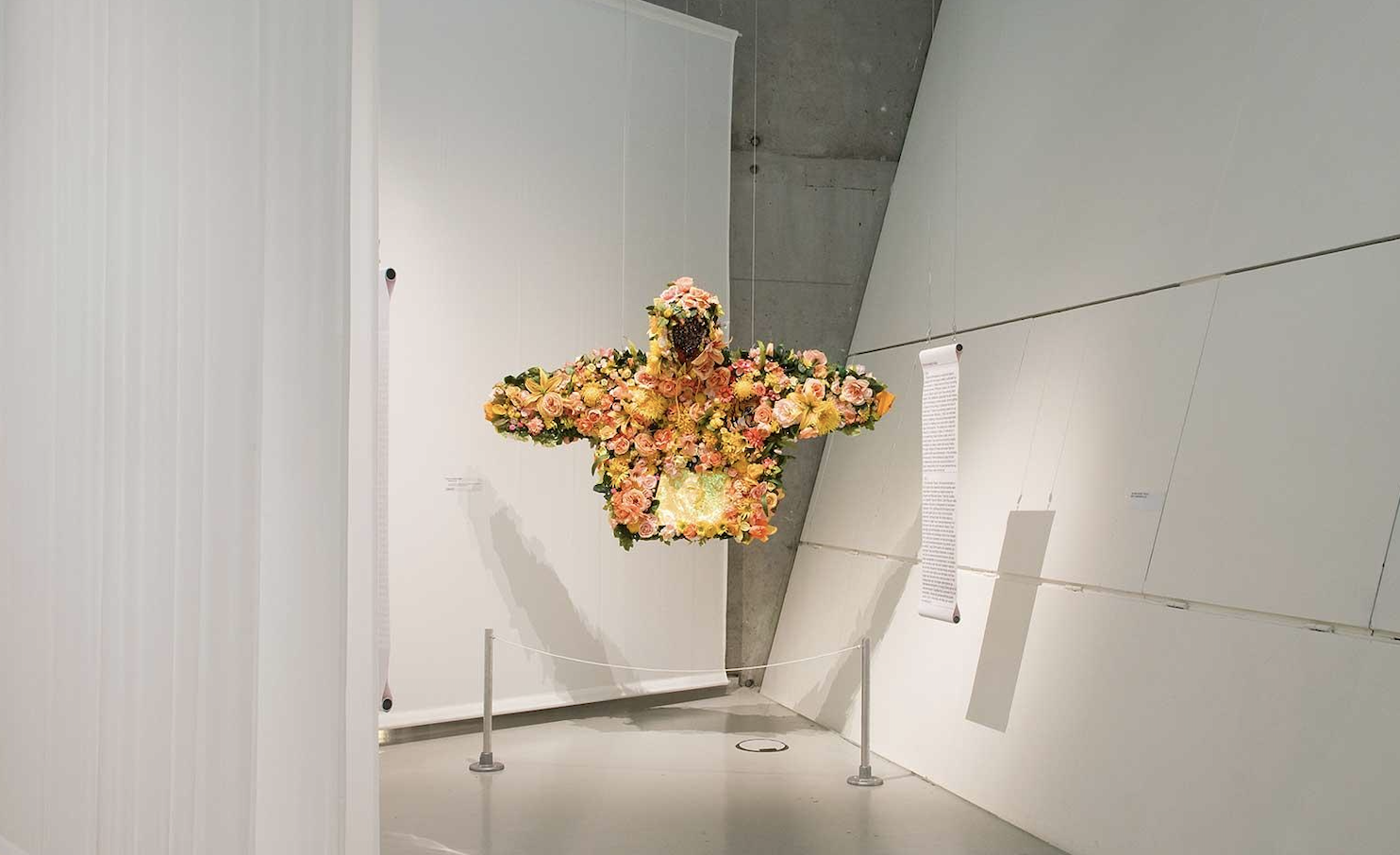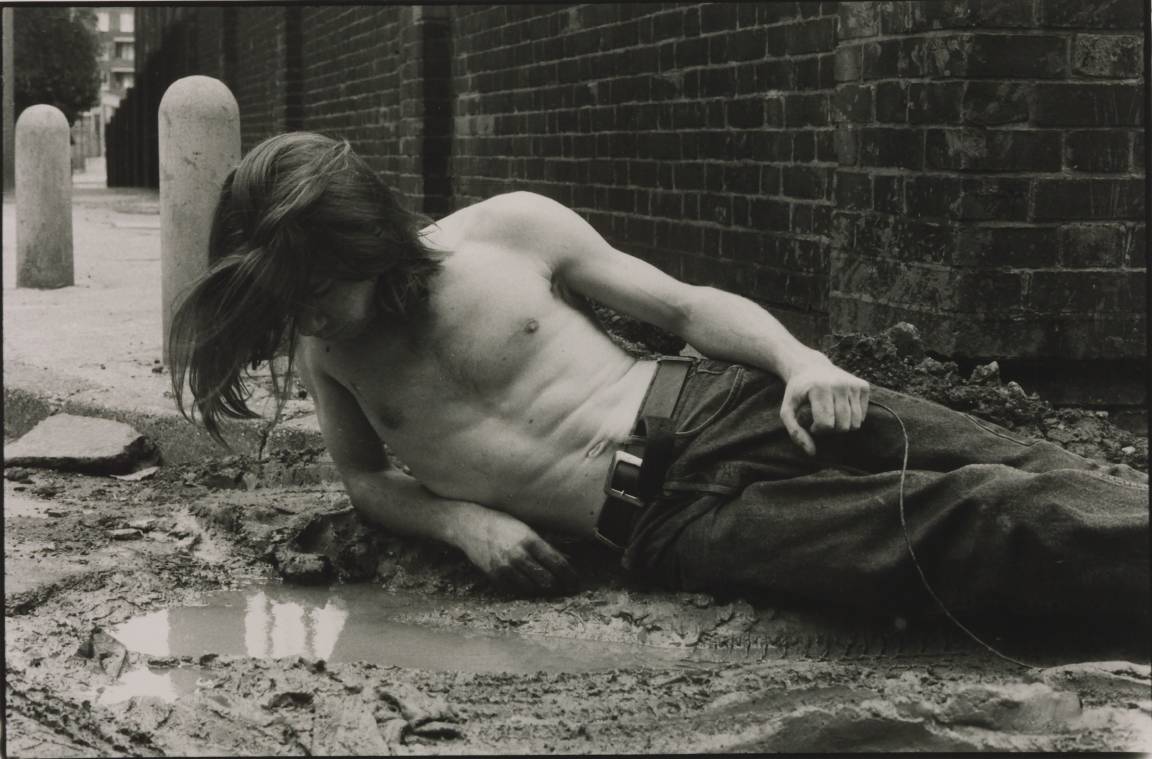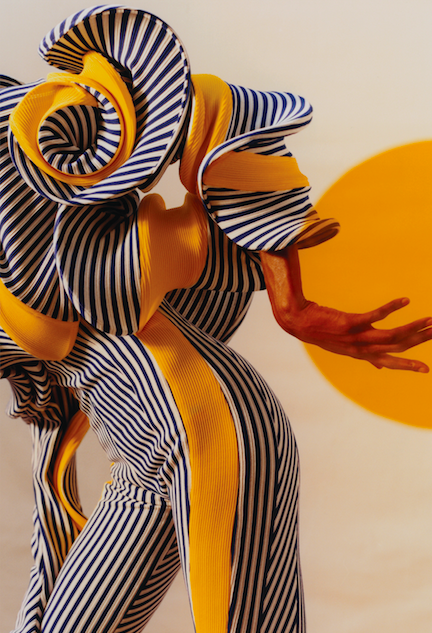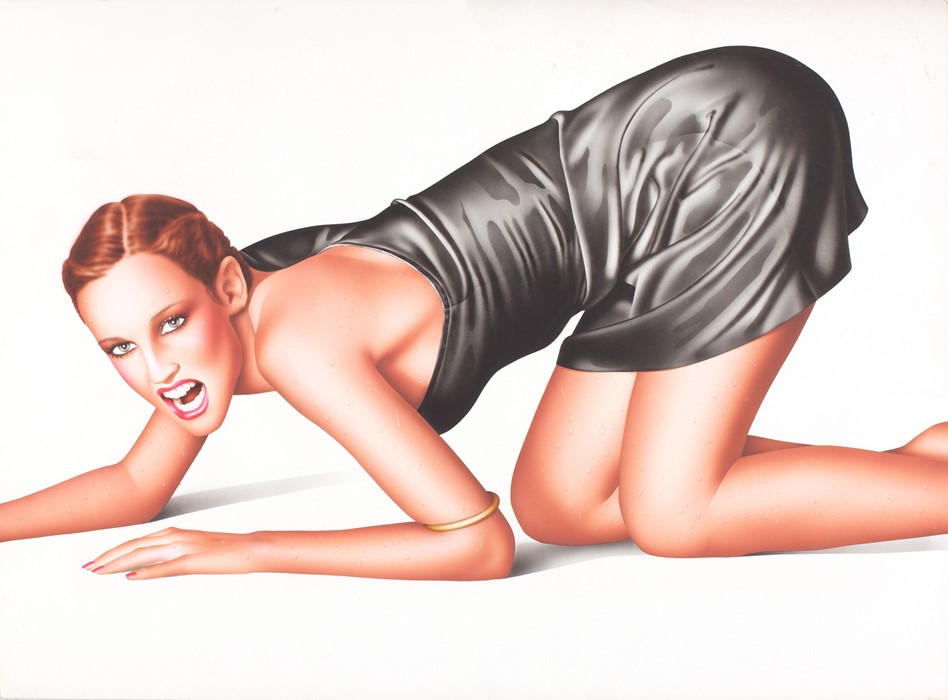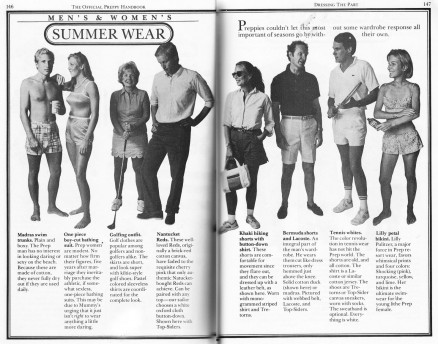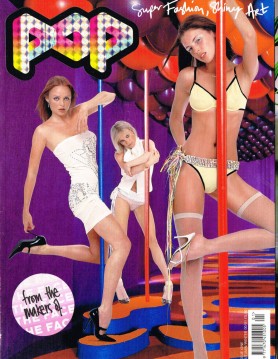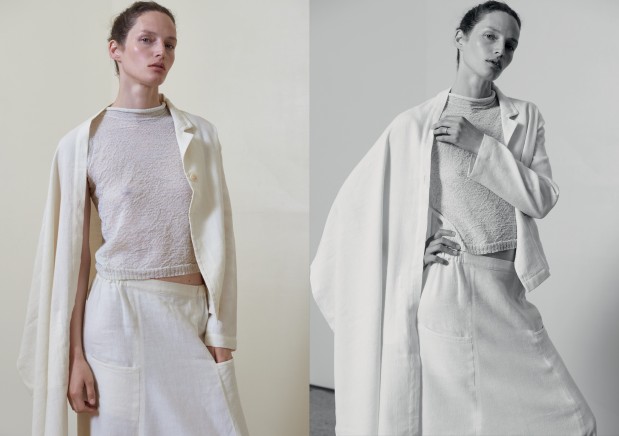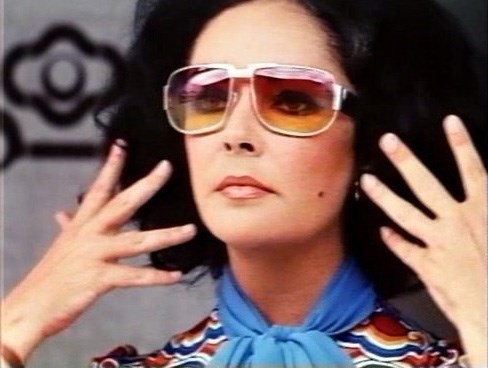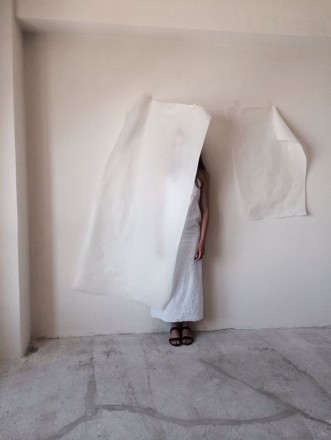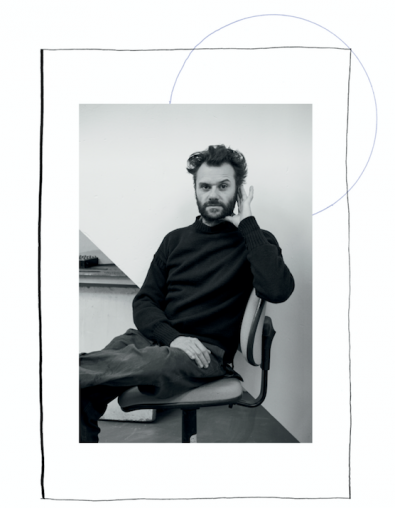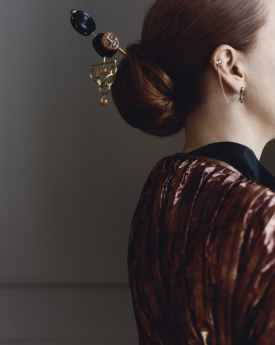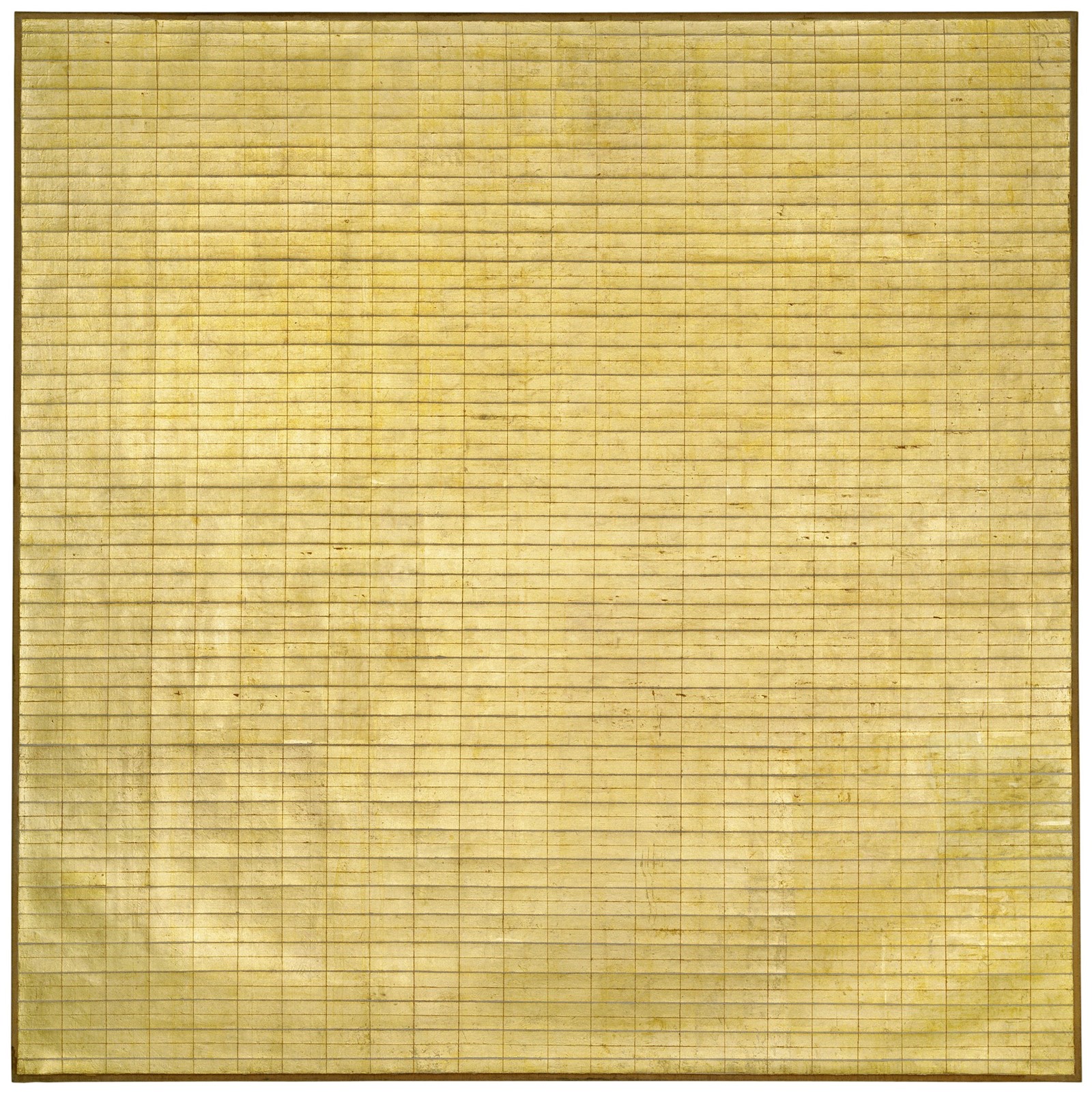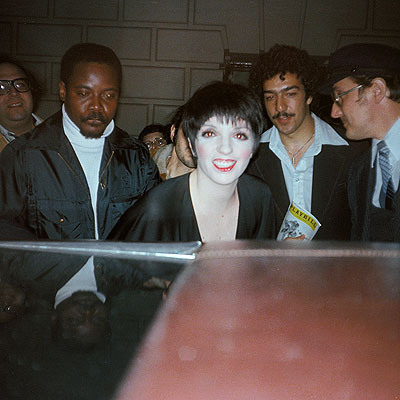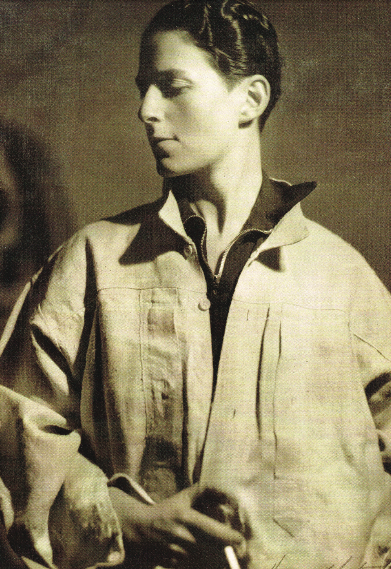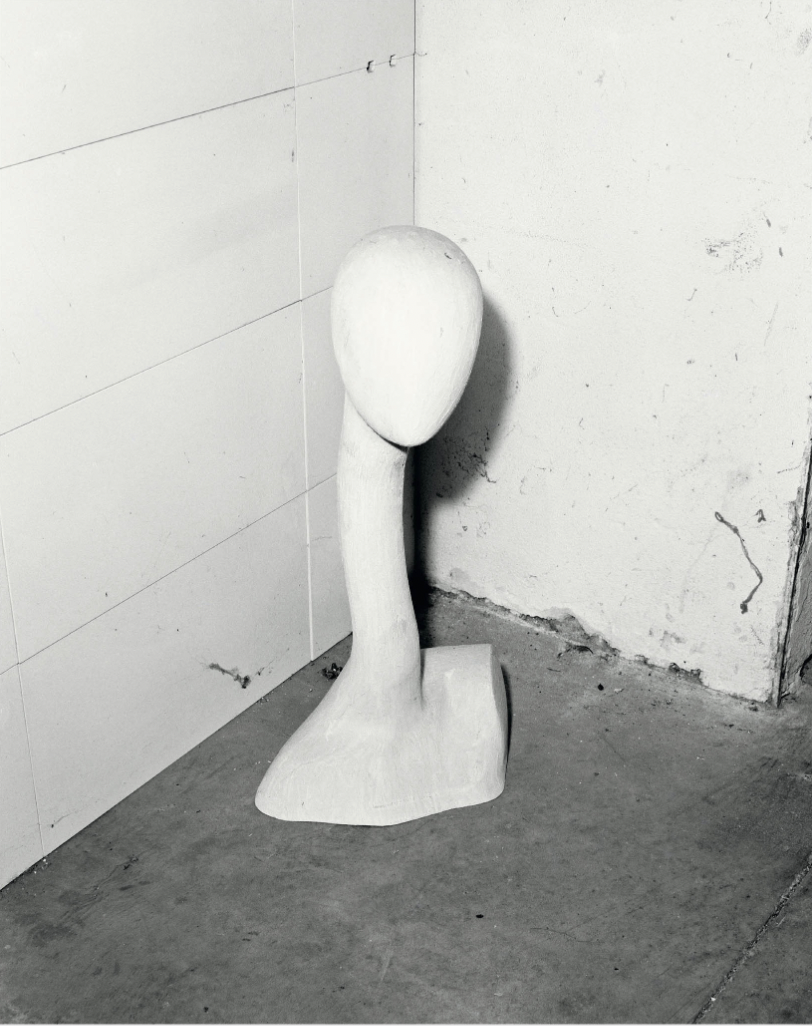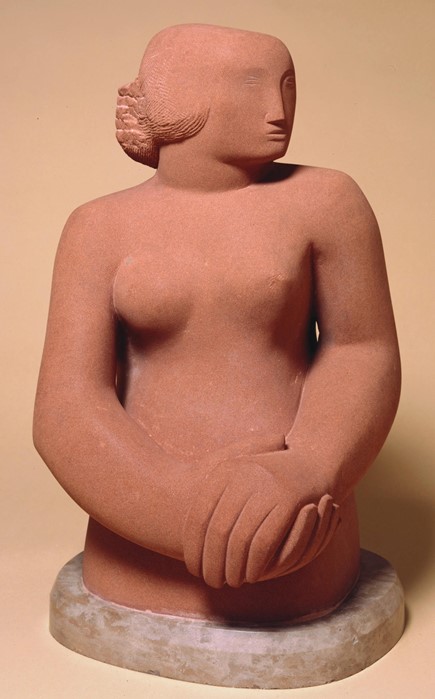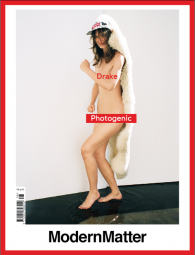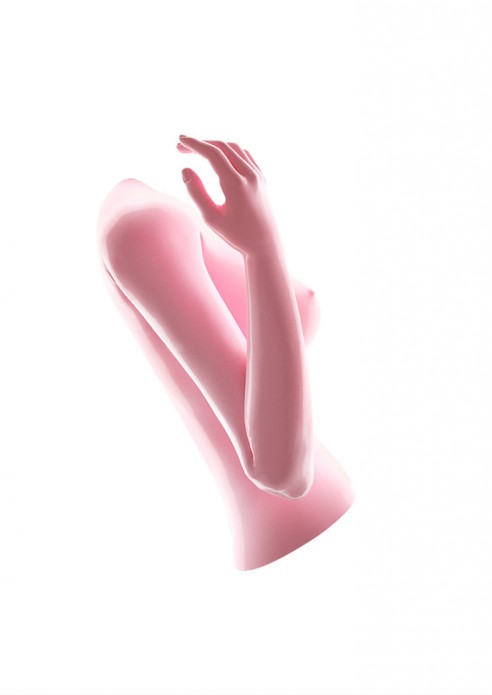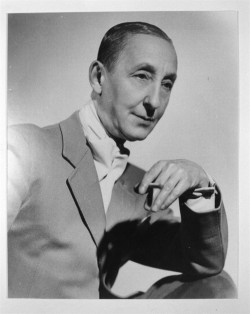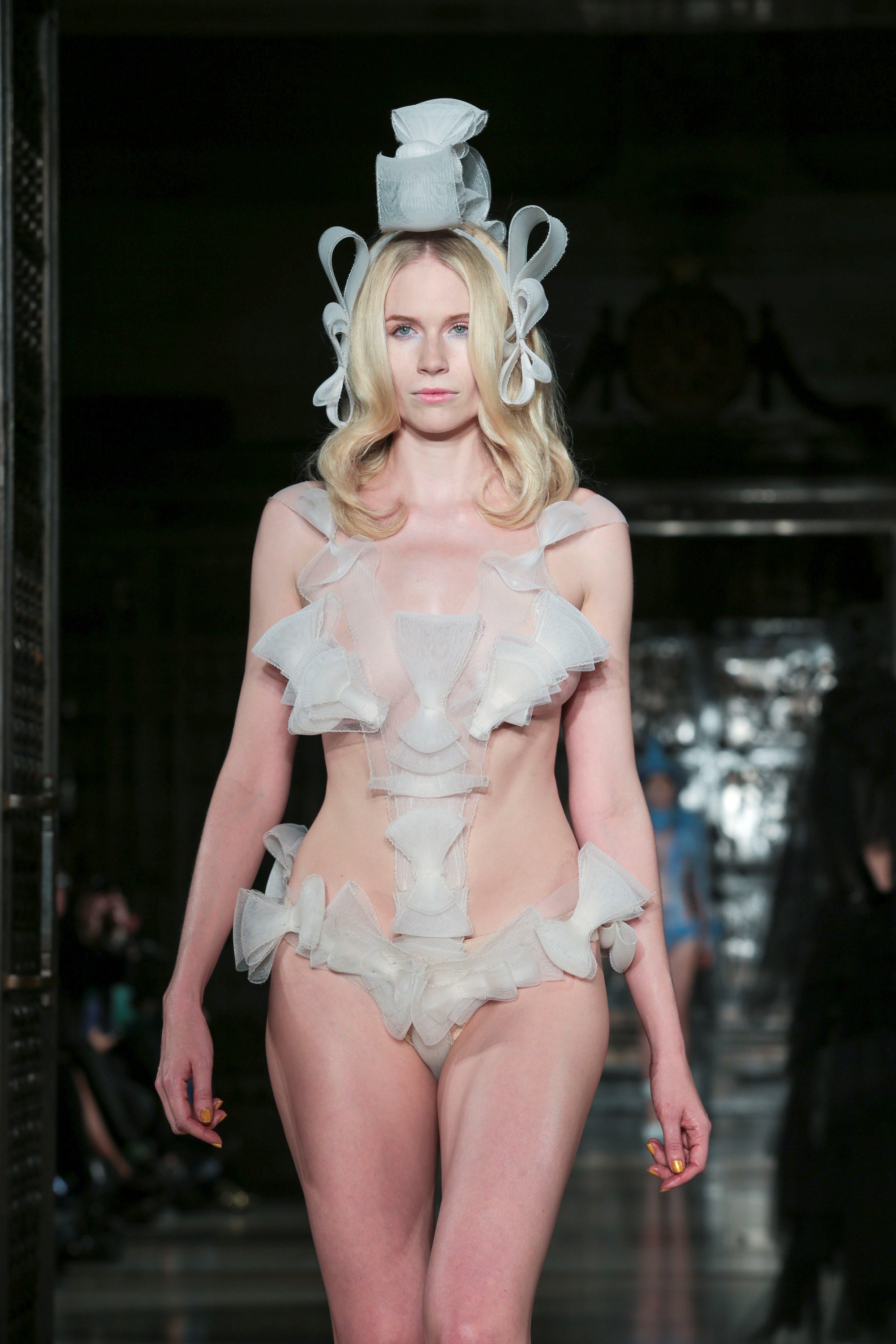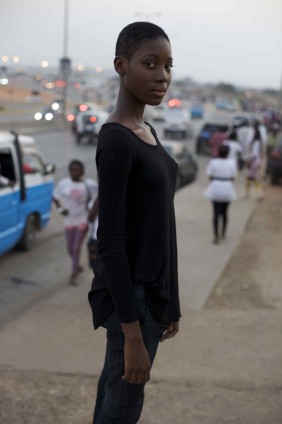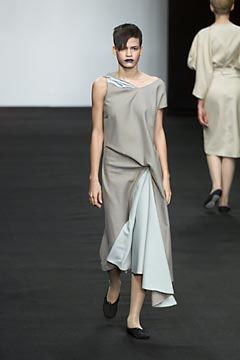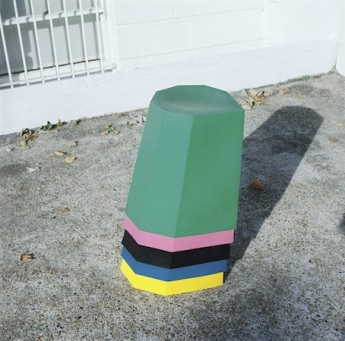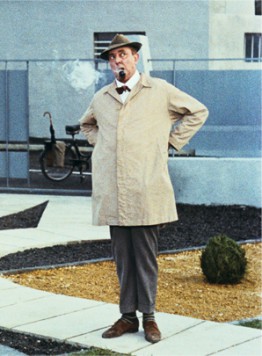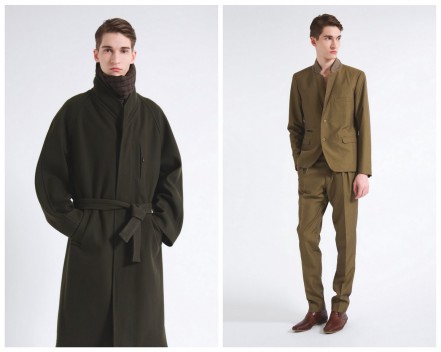Hussein Chalayan

Hussein Chalayan’s esoteric, incisive work has left journalists and fashion editors enduringly bewildered for more than two decades. His seasonal collections, most notably the often highly performative shows that go with them, are locked in the annals of fashion history. His seminal Afterwords show for Autumn/Winter 2000 for example, in which furniture set up within a living room collapses into suitcases with clothes disguised as chair covers, has garnered more than 100,000 views on YouTube. It is just one example of the countless, powerful impressions that Chalayan leaves behind with every outing; part conceptual art, part sculpture, part science project and totally fashion.
![]()
He was accepted onto Central Saint Martin’s Fashion Design course in 1989 under the tutelage of Wendy Dagworthy. Inside a large grey building, set on the fringes of Soho at 107–109 Charing Cross Road, he and his 12 classmates operated in a gossamer bubble of their own making. ‘Soho was much seedier, much dirtier, grittier and dangerous then. Very gay but not yet in that commercial way, it was raw at times and definitely really exciting,’ he says. Lunchtimes would be spent at Presto, an Italian restaurant where Derek Jarman could often be seen with Tilda Swinton – Chalayan and his friends would guzzle cheap pasta sat in the opposite corner. ‘We’d go to The Stockpot, the espresso bar, Wong Kei in China Town, which was really cheap,’ he says. It was a location that promised an education beyond the finer details of how to set in a sleeve or tailor a great pair of trousers. ‘I’m a true liberal, so I guess when I first got to college it just felt so right because it suited my outlook on life. Obviously I was always interested in challenging social and sexual mainstreams so for me, being in that environment felt really normal. I didn’t even think about it. It was just our way of being.’
Today the area is unrecognisable. Gone are the cheap Italian eateries with their mercurial patrons, dark underground bars with sticky carpets and the pervading scent of friskiness – all of the inspiration for what would go on to be made in the first floor studios. ‘It was a mixture of very hard work and going out hard,’ Chalayan says. ‘They were really important years of my life.’
Student life at CSM required a certain hunger for the abstract, an adventurousness that led you into situations far from the suburbs. Chalayan remembers the seasonal trips to Paris with a joy that contrasts with his somewhat cerebral reputation. Blagging his way into Miyake and Gaultier shows, he and his friends would hide behind the photographer’s pit until the music started, followed by nights out at Les Bains Douche in drag. ‘Everyone would let their hair down much more than when we were in London. I mean our hair was already down, but there? It would grow out of control!’ The chilly minimalism for which the nineties is so revered was yet to come and Paris was busy serving up the last breath of eighties glamour. ‘It was much more expressive and more free – you didn’t have the conglomerates buying the designers and creating inequality. Everything was possible for everyone and everyone was kind of equal. It felt much more real,’ he says.
Throughout his career Chalayan has made films and installations, showing them in galleries and museums whilst running a commercial business. It is a method of working that he credits to his time at college. ‘CSM wasn’t a fashion school. It was an art school and fashion happened to be a department in it,’ he says. ‘There was a dialogue going on. You were in Dave’s bar on the ground floor engaging with the guys from sculpture and photography and fine art. They modelled in my shows and I was using them for my look books. We were looking at each other’s work. That’s why the students who came out of there had a cross disciplinary approach. This is what really made it the place for me.’
‘I’ve had an amazing but also very difficult journey, and nothing could have prepared me for the real world,’ Chalayan says. ‘I’m one of those people that like to experience everything but I’m also a hard worker. I’m a combination of discipline and adventure.’ For all of its hedonism, any of CSM’s alumni will tell you about the perpetual gush of constructive criticism they had to navigate. ‘You were heavily judged by your work, yes. Even today – still – I function between those two states of total confidence and constant questioning.’
